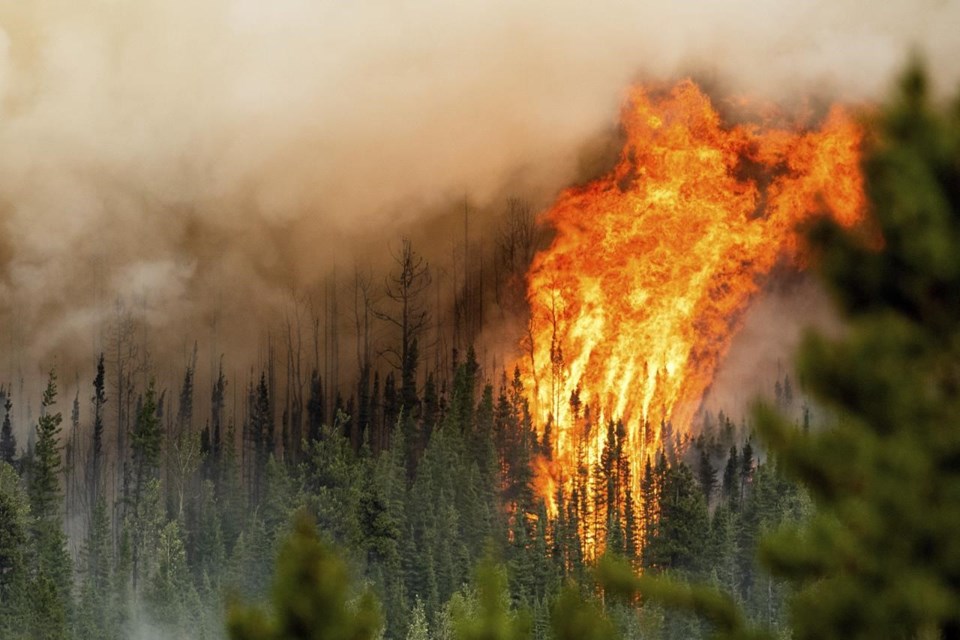VANCOUVER — Days of drought conditions and lightning strikes have sparked fires across the Regional District of Bulkley-Nechako in the British Columbia Interior, straining resources and spurring a number of new evacuation orders and alerts.
Mark Parker, chair of the regional district spanning more than 70,000 square kilometres, said the lightning and dry conditions have "compounded things immensely."
Parker said every corner of the region is dealing with dangerous conditions that continue "to fuel more fires and stretch resources so thin."
"We've dealt with some pretty horrific fire seasons," he said. "Just this pure number of fires, it's something we haven't seen before."
At least 12 new evacuation orders or alerts have been issued since Tuesday in sa国际传媒
They mainly involve the Prince George and Northwest fire centres, affecting a number of First Nations and rural communities.
Late Wednesday, the Regional District of Bulkley-Nechako expanded evacuation orders and alerts for the out-of-control Parrot Lookout wildfire, which has grown to cover 42 square kilometres since it was first discovered on July 7.
The district also issued an evacuation order due to the risks posed by the Lucas Lake wildfire, covering all properties and lands at the east end of the Nechako Reservoir in the area of Lucas Lake.
In the Cariboo Regional District, which neighbours Bulkley-Nechako, an evacuation order was issued for more than 700 square kilometres of sparsely populated territory in the Teepee Lake area.
Gerald Pinchbeck with the Cariboo Regional District said they estimate the evacuation affects about 27 residents.
Parker said new fires sparked by lightning in Bulkley-Nechako over the weekend have been "overwhelming," leaving him hoping for more resources and outside support as the BC Wildfire Service works to contain 330 blazes across the province.
Flames are not threatening any large communities, but an additional evacuation order has been issued for the fire just east of the Village of Burns Lake and evacuations are also posted for a number of properties outside Houston.
Parker said there's an "extreme fire position" throughout the district, causing anxiety for residents due to the visuals of blazes burning within sight of their homes.
"You can look out one window and it'll be a fire. You can turn and go to the other side of your house, look out the window and see another fire," Parker said.
He said the best thing that could happen would be for rain to come and slow down the spread of existing fires, but said the drought conditions currently are an "extreme problem."
"We're exhausting every single option that's available," Parker said.
In North Vancouver, a wildfire was sparked Wednesday afternoon on Mount Seymour.
The BC Wildfire Service said the blaze, which is visible from the city's downtown core, is out of control. It said the cause is currently unknown and has listed the fire as being 3,000 square metres in size.
Up north, Yukon officials are dealing with a blaze west of Whitehorse that has grown to 14 square kilometres and crews are protecting the Alaska Highway and homes on the northern flank, building guards to ensure flames cannot move closer to the city.
Environment sa国际传媒 has also posted air-quality statements for much of central and northern sa国际传媒 and parts of Yukon as far north as Faro, with conditions not expected to ease for at least the next day or two.
This report by The Canadian Press was first published July 12, 2023.
Darryl Greer, The Canadian Press



